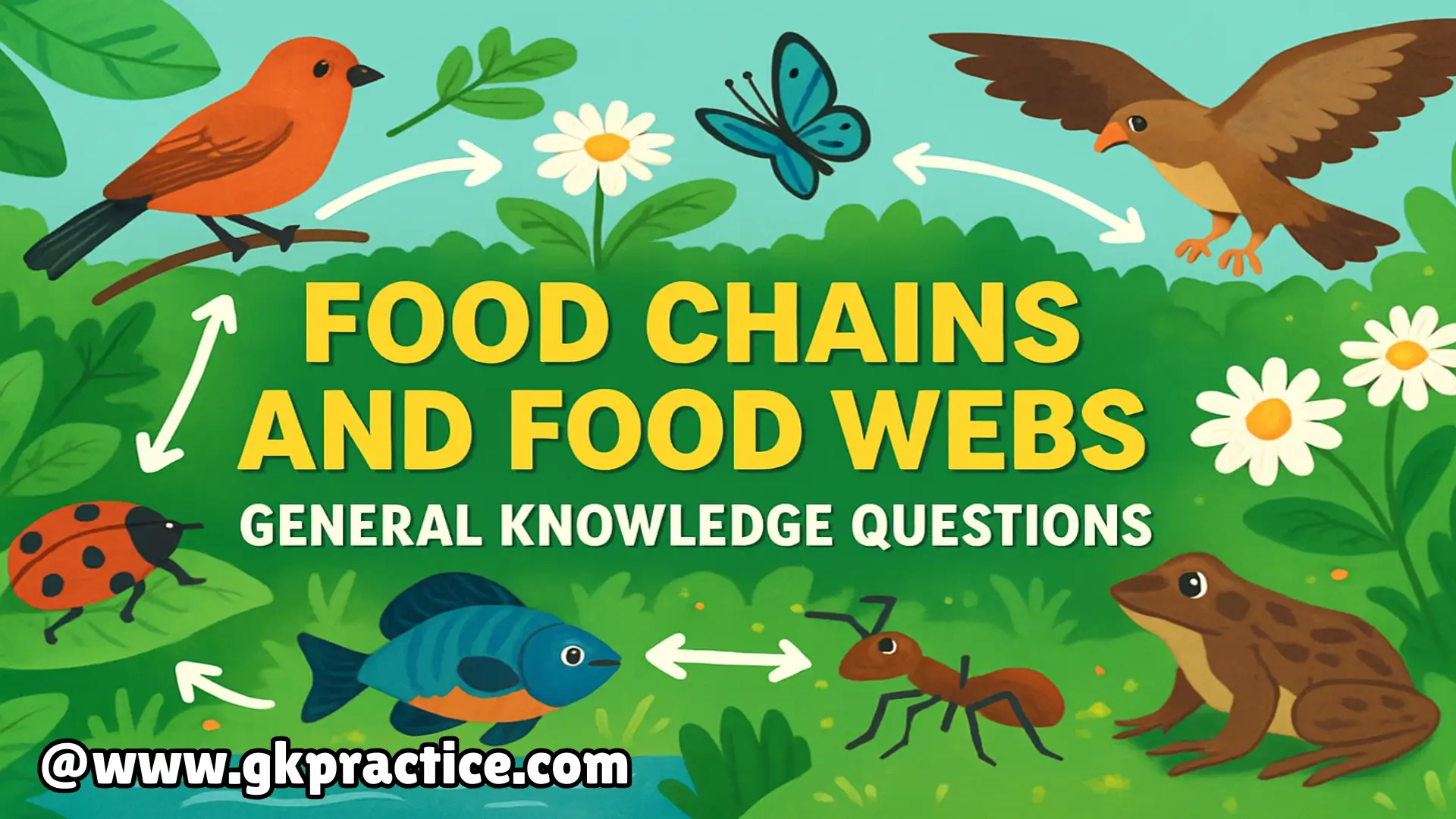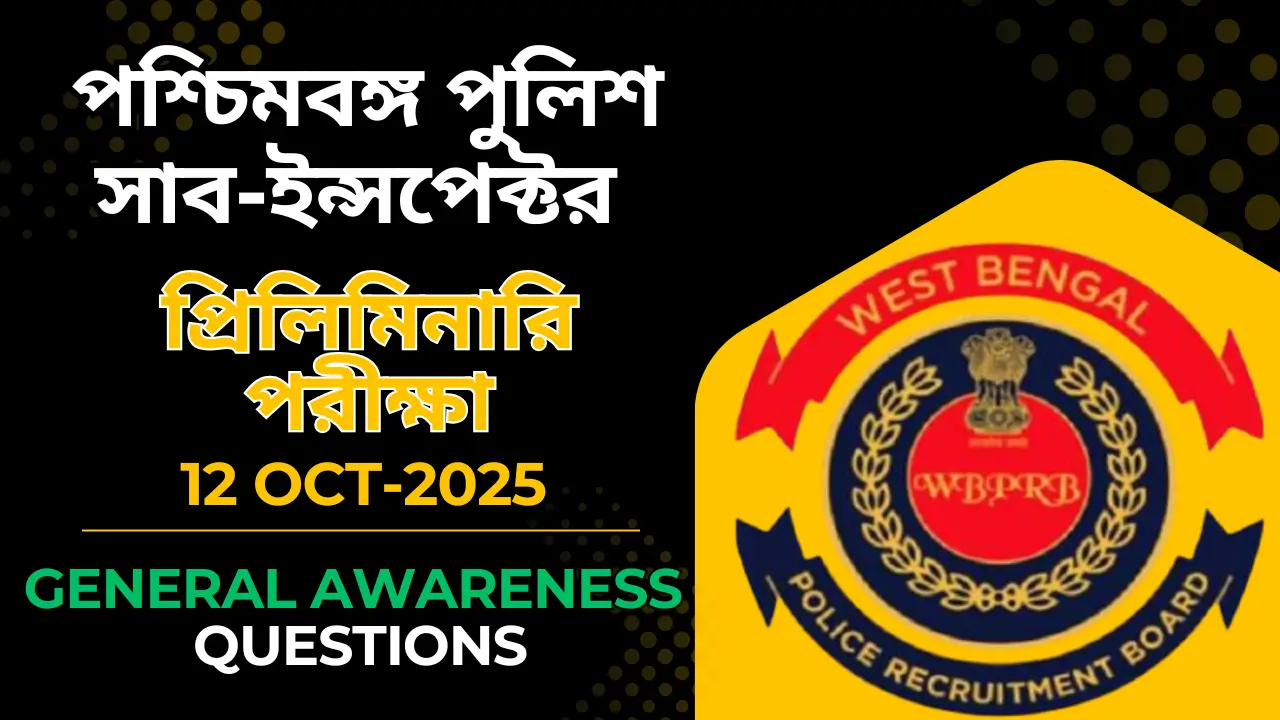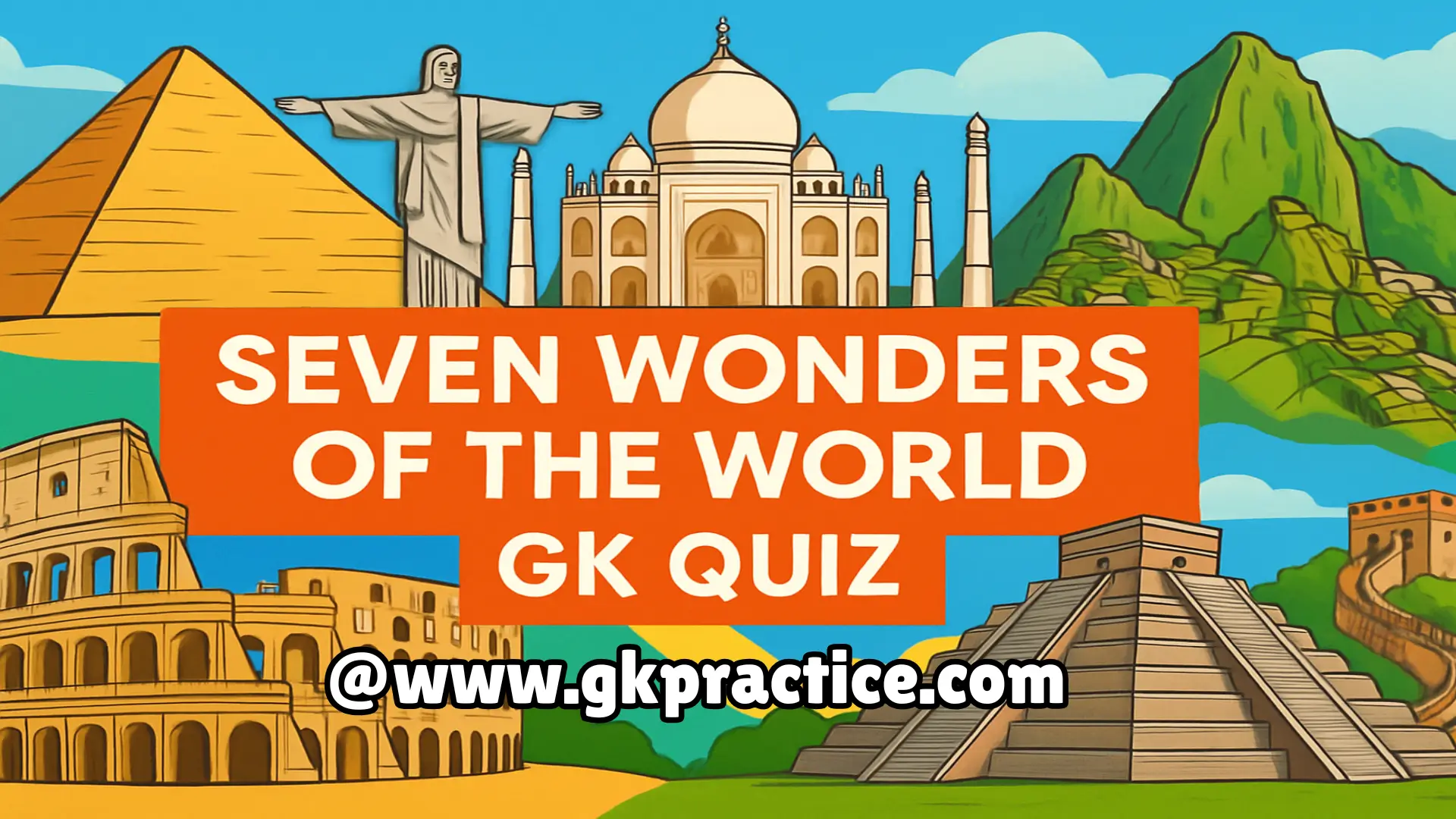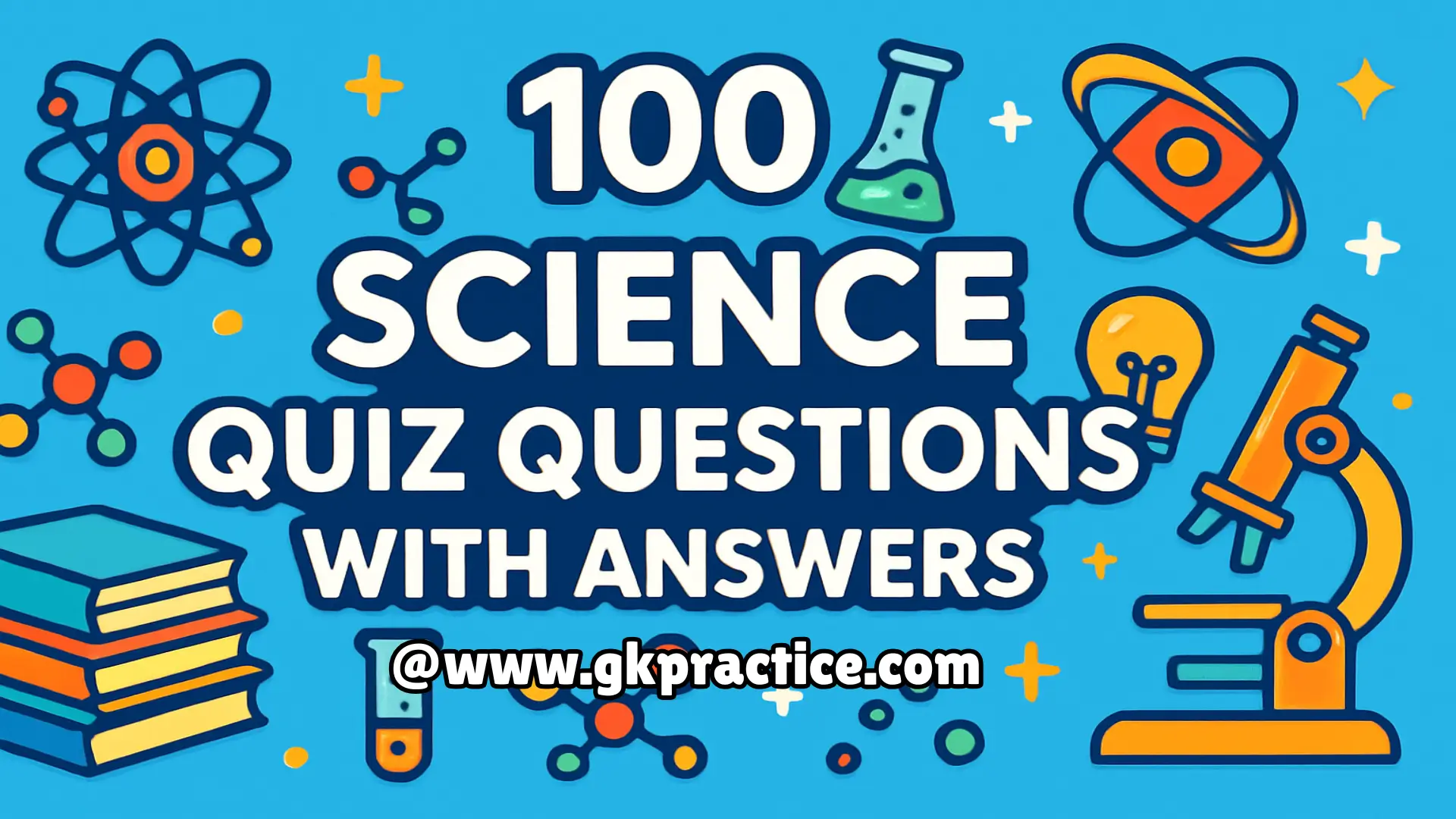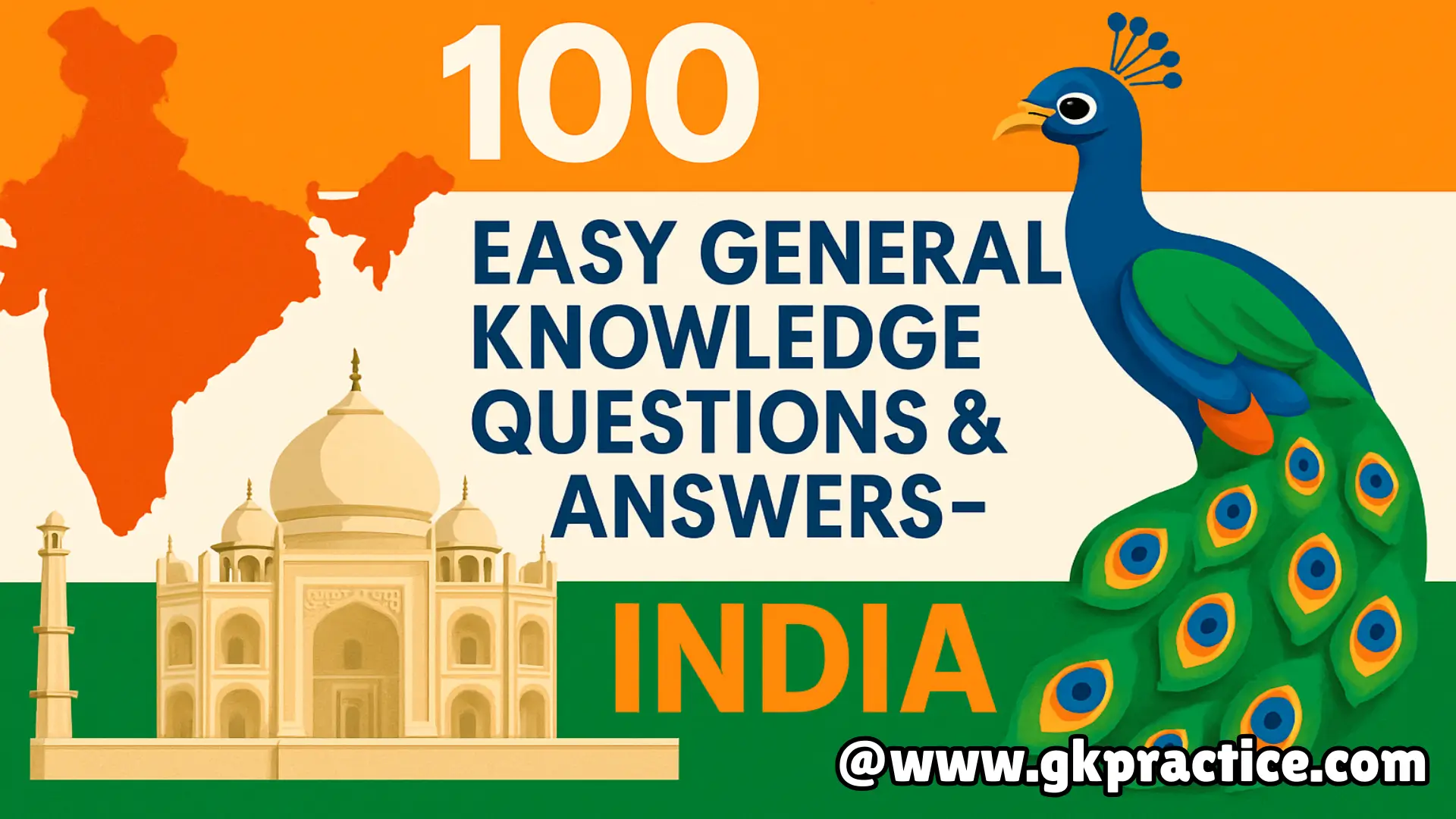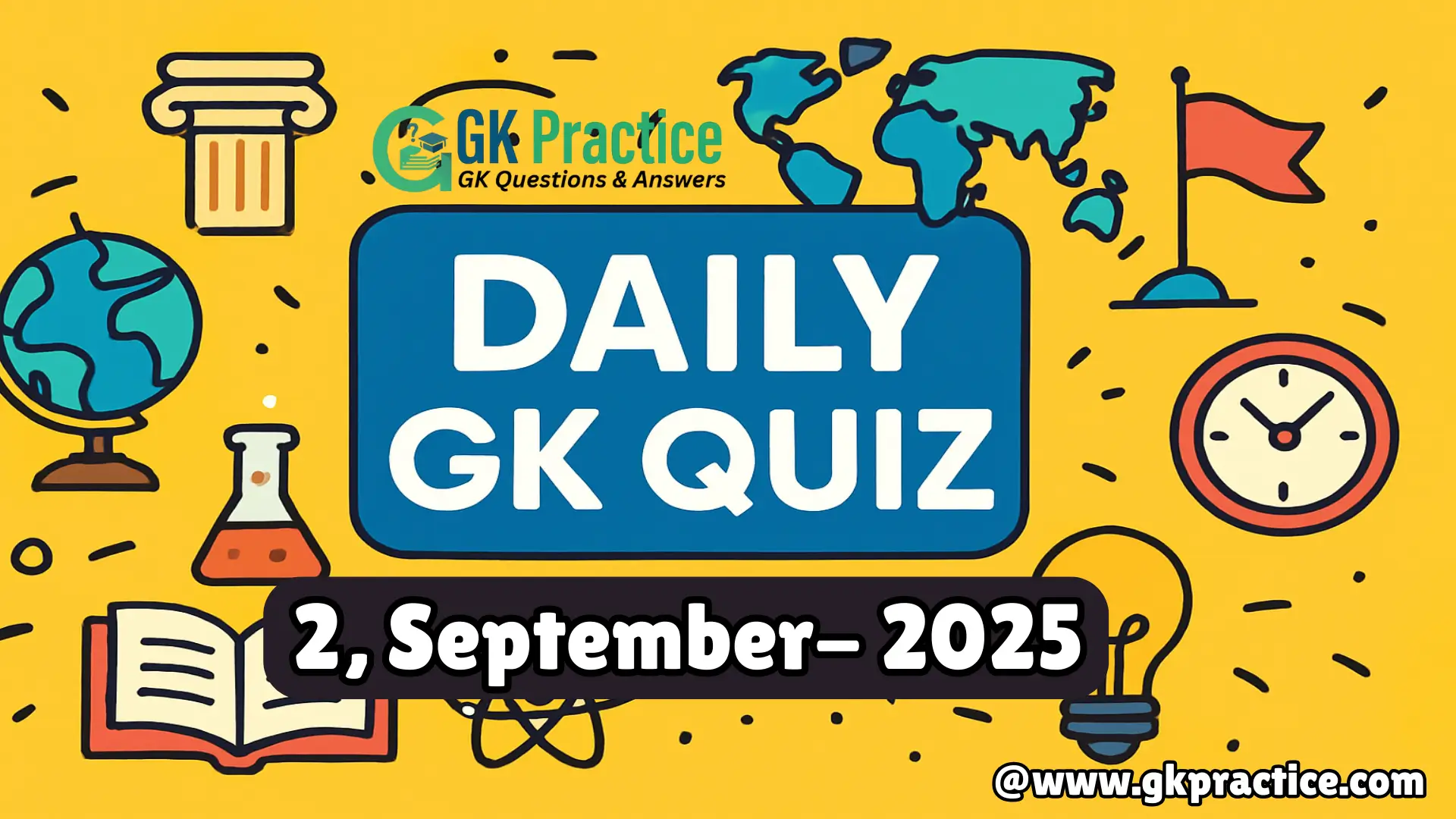A) Otter
B) Gharial
C) Crocodile
D) Catfish
Explanation: Crocodiles occupy the top trophic level in the Chambal river ecosystem. They feed on fish, turtles, and other aquatic animals, regulating their populations. As apex predators, they are vital in maintaining aquatic balance and biodiversity.
Q42) Which organism starts the grazing food chain in Indian forests?
A) Deer
B) Grass
C) Tiger
D) Insects
Explanation: Grasses and plants are producers in grazing food chains. They convert sunlight into energy, which herbivores like deer consume. Carnivores like tigers then feed on deer. Without grasses, the entire chain would collapse as energy flow begins with producers.
Q43) Which insectivorous mammal plays a role in crop protection?
A) Bat
B) Rat
C) Goat
D) Squirrel
Explanation: Many bat species eat insects like moths and beetles, which are crop pests. By reducing pest populations, they indirectly help farmers. As secondary consumers, insectivorous bats contribute to food chains and ecological services in rural and forest ecosystems.
Q44) Which of these organisms is both prey and predator in aquatic food webs?
A) Zooplankton
B) Small fish
C) Phytoplankton
D) Algae
Explanation: Small fish feed on zooplankton, making them predators. At the same time, they are prey for larger fish, birds, and humans. Their dual role makes them a central link in aquatic food chains, transferring energy up multiple trophic levels.
Q45) Which bird helps in seed dispersal while feeding, linking food webs and plant regeneration?
A) Parakeet
B) Owl
C) Eagle
D) Crow
Explanation: Parakeets eat fruits and disperse seeds through droppings, aiding plant reproduction. While primarily herbivores, they are also prey for carnivorous birds. Thus, they link plant-based food chains with predator-prey interactions, maintaining ecological cycles in Indian forests and farmlands.
Q46) Which riverine reptile is a secondary consumer in Indian aquatic ecosystems?
A) Gharial
B) Softshell turtle
C) Crocodile
D) King cobra
Explanation: Softshell turtles feed on insects, mollusks, and small fish, making them secondary consumers. They are important in river food webs as they regulate aquatic invertebrate populations and serve as prey for larger predators like crocodiles.
Q47) What is the main function of decomposers in food webs?
A) Producing energy
B) Recycling nutrients
C) Preying on herbivores
D) Controlling predators
Explanation: Decomposers like fungi and bacteria break down organic waste and dead matter into nutrients. These nutrients are absorbed by plants, restarting the cycle of energy flow. Without decomposers, food webs would collapse due to nutrient shortage.
Q48) Which marine mammal is a top predator in Indian oceans?
A) Dolphin
B) Dugong
C) Whale
D) Seal
Explanation: Many whale species feed on fish, squid, and krill, placing them at the top of marine food chains. As apex predators, they regulate marine populations, ensuring balance. Their presence also influences nutrient cycling through their waste in ocean ecosystems.
Q49) Which of these species acts as a keystone predator in Indian wetlands?
A) Crocodile
B) Duck
C) Frog
D) Snake
Explanation: Crocodiles regulate fish and amphibian populations in wetlands, preventing dominance of any single species. Their predatory role ensures biodiversity and food web stability. Losing crocodiles would destabilize wetland ecosystems, highlighting their keystone status.
Q50) In Indian food webs, which trophic level has the least available energy?
A) Producers
B) Primary consumers
C) Secondary consumers
D) Apex predators
Explanation: Energy decreases as it moves up trophic levels, due to loss as heat and metabolic processes. Apex predators like tigers and crocodiles receive the least energy. This explains why their populations are smaller and why food webs support fewer top predators.
Understanding food chains and food webs is not only vital for environmental studies but also for competitive exams. By practicing these Food Chains And Food Webs General Knowledge Questions in Indian Ecosystems, you strengthen your grasp of ecological interactions and their real-world impact. Keep revising, stay curious, and let your knowledge of nature’s balance help you in quizzes, interviews, and exams.
🔔 Follow us on Telegram for exam-ready Food Chains General Knowledge Questions with answers– Join Now!
Check Out These Posts Too:
🔗 Climate Change And Global Warming: Causes, Effects, And Solutions – GK Practice
🔗 Geographical Location Of India GK Questions Important For Govt Jobs – GK Practice
🔗 Rivers Of Peninsular India GK Questions & Answers – GK Practice
🔗 Population Of India GK Questions – Human Geography Questions & Answers – GK Practice
🔗 Top 50 GK Questions With Answers For Every Student – GK Practice
🚀 Daily Quiz Section – Test Yourself Now

